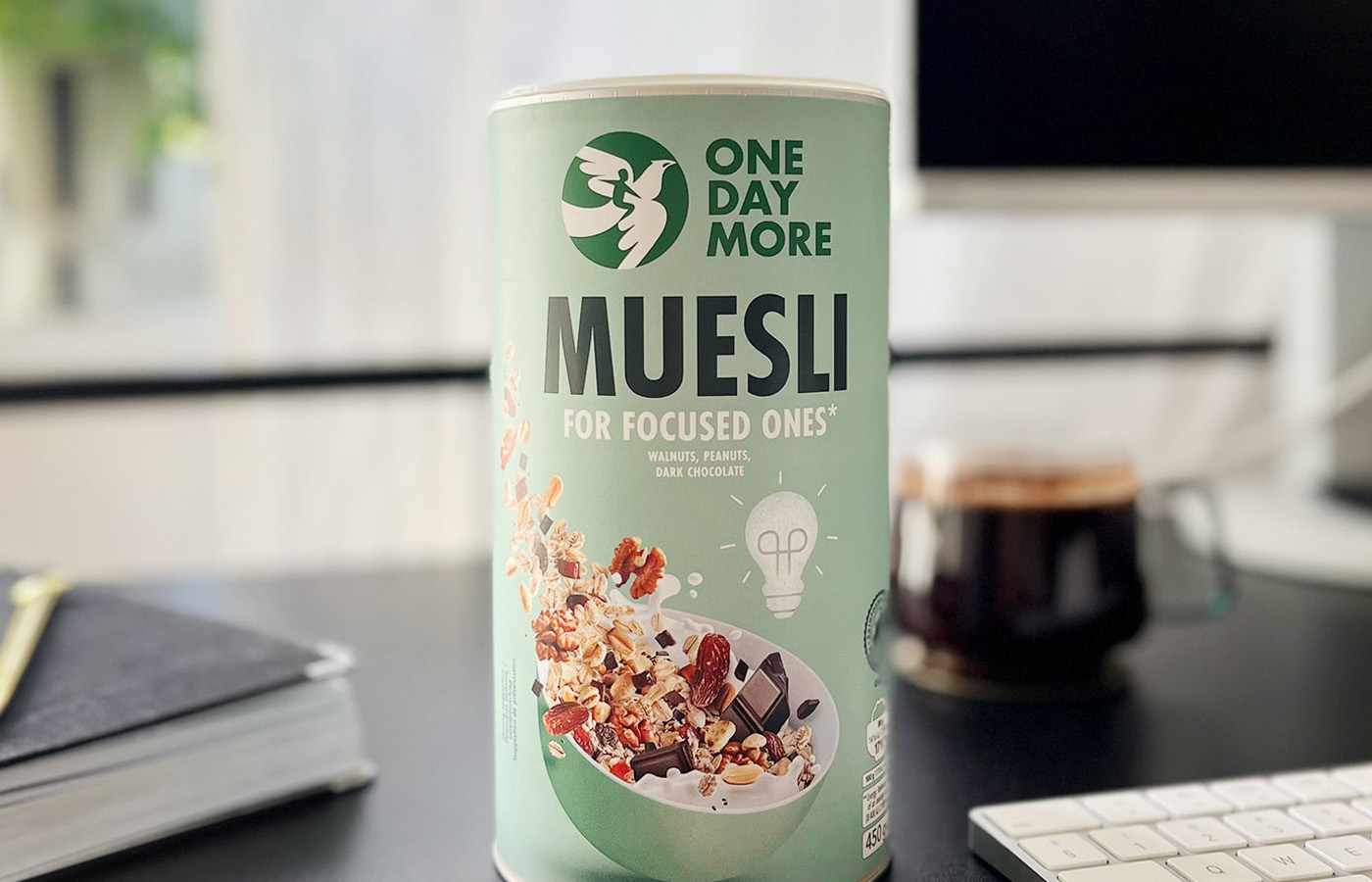Key information:

Red wine labels
Wine labels are produced from a wide variety of materials. Among the most commonly used are paper and self-adhesive film (from which self-adhesive labels are made). Paper can take on the widest variety of types, from coated with a special protective layer, or without such a coating, with a special (various) structure imitating cardboard, cork, to metallization for additional effect.
Film materials guarantee much greater resistance to harsh conditions, such as moisture or low temperatures. Wine marking requires the use of special adhesives. In the case of red wines, there is no need to focus on the frequent temperature changes resulting from the low storage temperature and the relatively high bottling temperature of the bottle contents. In contrast, an adhesive label affixed to a bottle of red wine must guarantee many years of resistance even in a dusty environment.

Labeling of white and sparkling wines
Self-adhesive labels for white and sparkling wine bottles require production based on a different technology. Due to the serving temperature of the wine, they are kept refrigerated, often on ice cubes. When just pouring the contents of the bottle into glasses, the bottle is exposed to much higher temperatures.
The glue used to produce the labeling of this type of liquor must provide a guarantee of durability both in the cold and at much higher temperatures. Very often producers of this type of wine abandon the use of paper labels, in favor of film labels, which guarantee greater stability under the conditions described.
Proper printing of self-adhesive wine labels is a key element for the creation of the "wow effect" so desirable from a marketing point of view.

How to print self-adhesive labels for wine?
Proper printing of self-adhesive wine labels is a key element for the creation of the “wow effect” so desirable from a marketing point of view. The modern development of printing, especially the label printing industry, is based on the use of two main methods for production.
The most established and traditional is the flexographic method, which involves imprinting ink from photopolymer plates installed on print rollers. This method guarantees very high print quality, high production speeds and a low cost of label production for large-scale production. However, it has one major drawback, and that is the need to adjust the plates for each new job.
An alternative to this method is inkjet-uv digital label printing. Thanks to it, it is possible to produce lower print runs at a relatively high speed (however, quite a lot less than in the case of analog technology), without the need to make up photopolymer plates.
The use of digital technology also makes it possible to print self-adhesive labels with variable numbering, which can be an interesting form of individualizing production for the needs of a particular customer.

Decorative labels - gilding and embossing
In the alcoholic beverage industry, additional “embellishments” for self-adhesive labels are very common. An example is undoubtedly the use of gold accents. The effects are obtained by using a special gilding technology – cold stamping or hot stamping .
Just as often, self-adhesive wine labels are distinguished by embossed elements. Such embossing is achieved by using embossing technology.
The next, already final element in the creation of a self-adhesive wine label, is the application of the type of varnish. The label can be finalized with matte, glossy varnish or a mixed variant
HKK Group - printer of self-adhesive labels and warehouse markings
Our company has been printing self-adhesive labels on a wide variety of materials for thirty years. In our daily work, we use modern printing machines in analog technology (flexo technology) and digital technology (UV inkjet technology). Our self-adhesive labels can also be refined in a variety of ways (gilding, embossed elements, gouging). Our clients include hundreds of organizations from Poland and other European countries.






